Their paws are large which is ideal for roaming the Arctic. Since they usually live up north they adapt to the cold snow that are present.
Similar to humans brown bears are omnivorous.
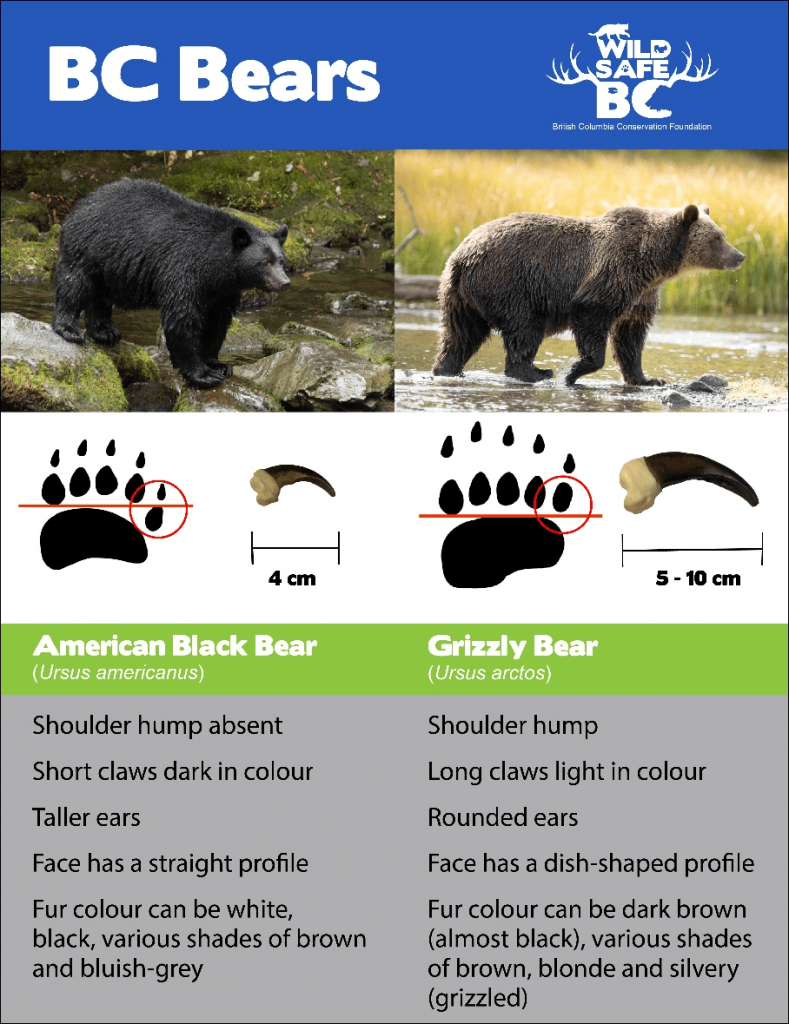
. The grizzly uses its claws to as a striking force and to hunt for supper which is made up of both plants and burrowing animals. Their long curved claws help them dig up small animal burrows and roots. In order to know these adaptations in detail one must understand how polar bears have evolved to live on the sea ice.
These animals may compete for the same food sources or. Brown bears are omnivores meaning they eat both plants and animals. While managers planned scientists studied and people watched grizzlies have adapted to a changing environment and prospered.
Strength for turning over rocks and logs to get colonial insects and strength for bending branches to reach buds catkins leaves and fruit. They like to sleep inside tiny caves tat can keep them warm an cozy. For example as the sea ice melts polar bears spend more time on land which brings them into greater contact with brown bears.
Brown bears have an extraordinary sense of smell. This is called adaptation. Grizzly bears are able to use their strength and size to actively move a wolf pack from its kill.
Grizzly Bears are important to the environment because the help balance out other animal. A keen sense of smell. Yellowstone grizzlies eat more plants and meats compared to Kodiak bears and coastal grizzlies which eats more salmons and trouts.
A vomeronasal organ in the roof of the mouth for enhancing taste and smell. Adaptations for Obtaining Food. This is a behavioral.
This helps them get the food to survive and reproduce. They can smell a food source from a mile away. The claws which were long and suitable for digging up vegetation in the case of brown bears evolved to become shorter and more convenient for walking on ice.
Up to 24 cash back Food Adaptations Grizzly bears have sharp claws and canines. This diet is is supported by their dentitions which consists of canine teeth and grinding teeth. Cut off from garbage and other sources of human food grizzlies have shifted and expanded their diet to include elk calves and carrion wandered up talus slopes to consume cutworm moths and occupied territories from which.
Answer 1 of 1. GRIZZLY BEAR Physically brown bears have a series of interesting adaptations. A grizzly bear is adapted to its environment with its sharp claws its build and its ability to hibernate.
These traits are physical adaptations because the grizzly bear uses there sharp claws help the bears catch fish and their canines to rip the skin and meat off the bones. Strong curved claws for climbing trees and ripping logs. How have brown bears adapted to their environment.
Why are Grizzly Bears important to the environment. This occurs gradually during which the bear learns to adapt herself with the environment. Although the grizzly bear does not look particularly graceful it has the build of a runner.
They also have sticky bumps known as papillae in the paws that offer a firm grip on ice. Because their natural habitats are so cold they have developed a thick coat of fur and a layer of fat that help to insulate them. Grizzly bears adapt by hybernating in the winter and hunt for food in the summer they do this by eating as mutch as possible as they can during the summer and then going to sleep for the rest of the winter.
These adaptations are likely to arise when animals are forced to live in different habitats. Grizzlies are omnivores means that they are capable fo eating almost anything provided by their various environment. Grizzly bears have a lot of ways to survive.
Climate change also is forcing animals to interact with each other in new ways. Their loud roar allows them to scare any possible predators. Grizzly bears are quiet and have a loud roar.
The large padded feet and strong curved claws allow. The large muscle on their shoulders enables a bear to sprint up to 30 miles per hour to capture large fast moving prey like caribou. Theyre big claws allows them to climb trees and to use as a weapon.
Those huge strong legs allow the bear to move or bend large objects like rocks tree trunks or limbs that get in the way of him and the food.
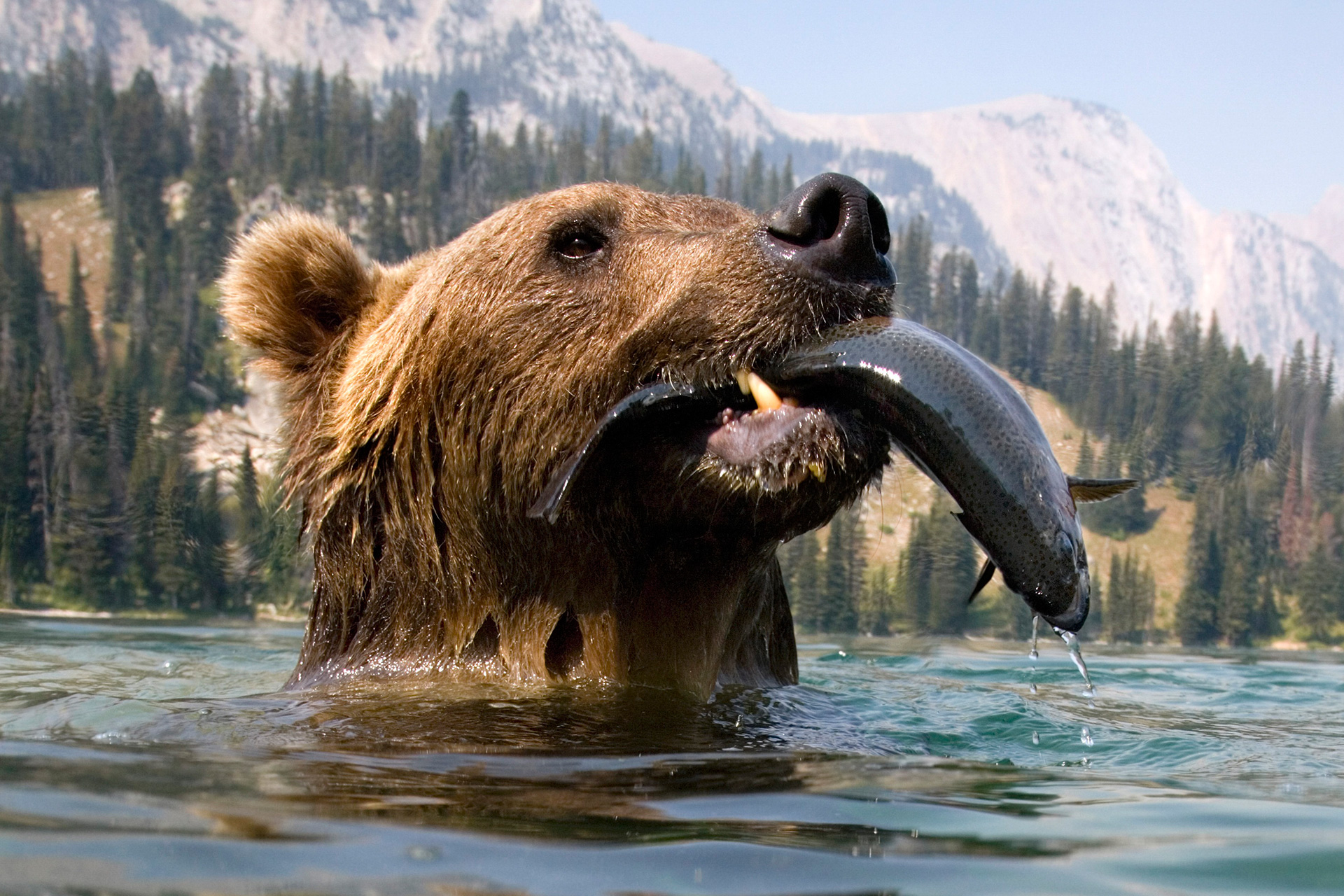
Time For Kids Return Of The Grizzlies
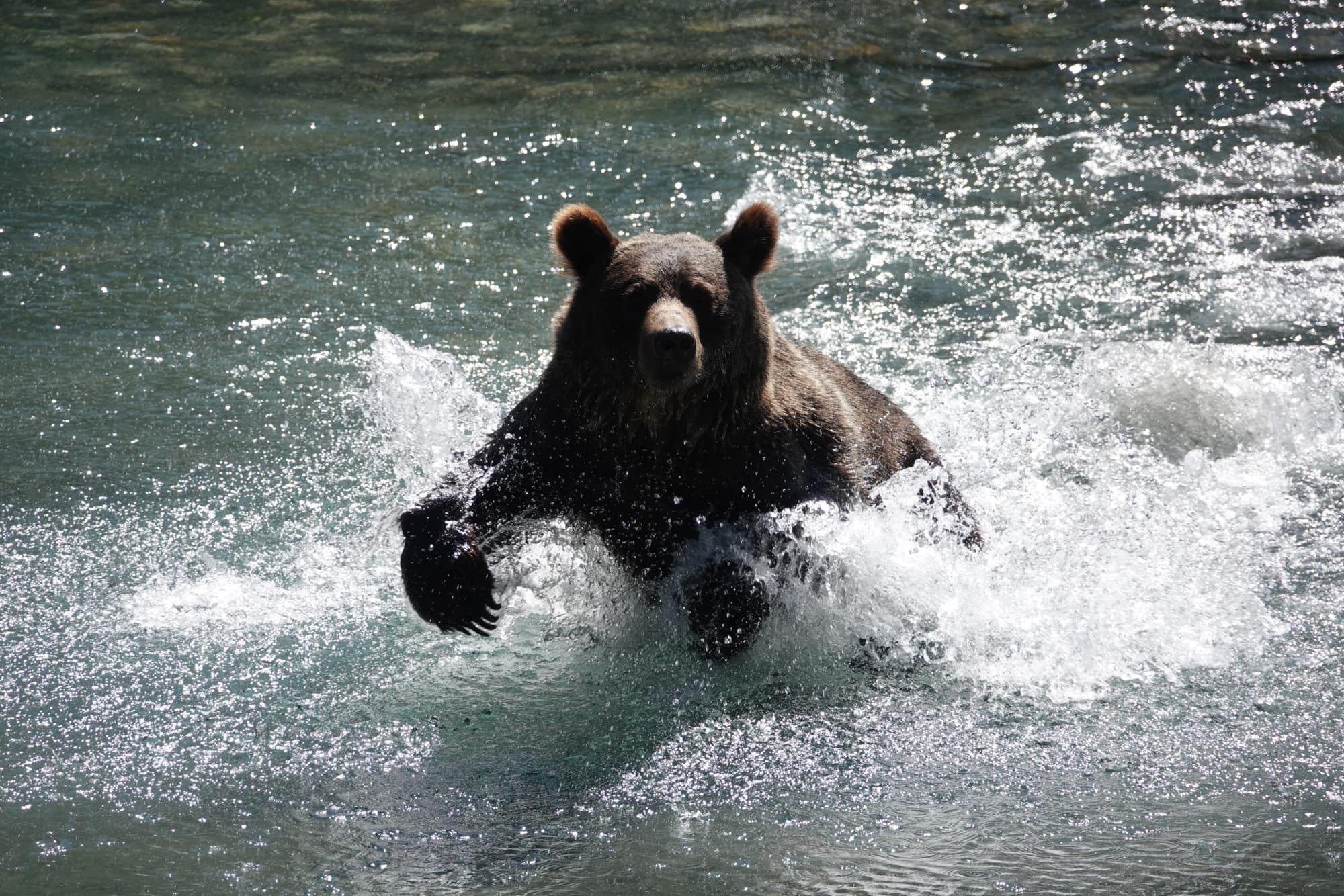
Facts About Grizzly Bears Campbell River Whale Watching And Adventure Tours
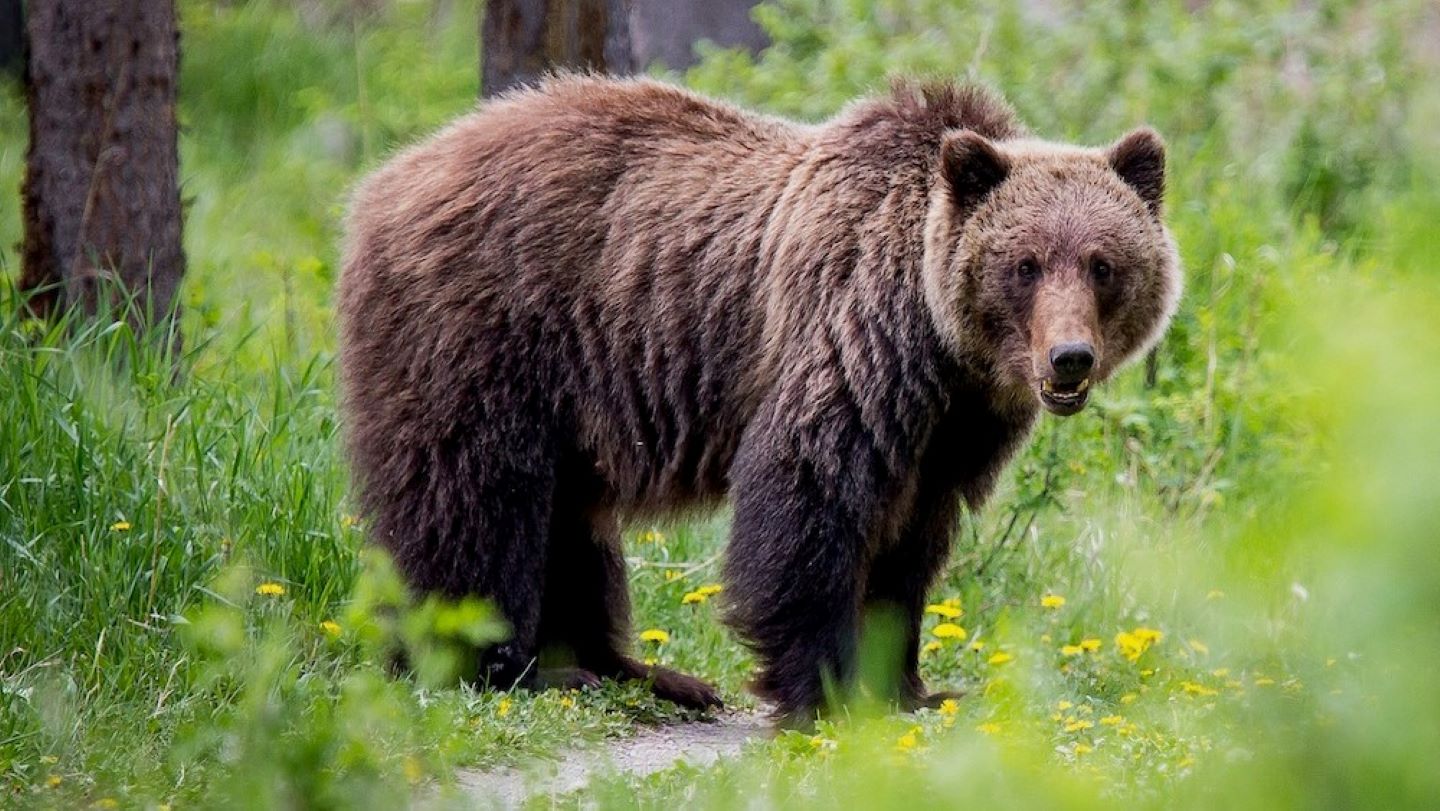
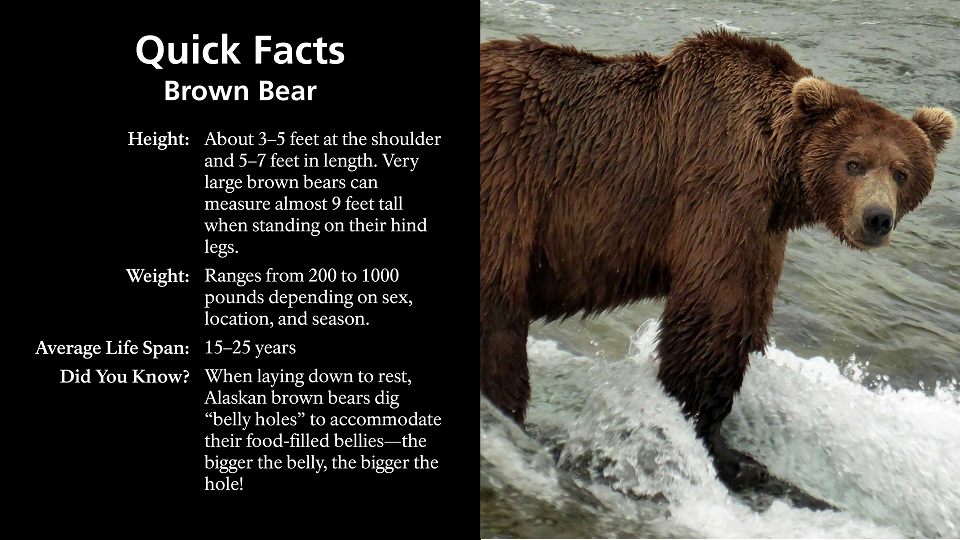
0 Comments